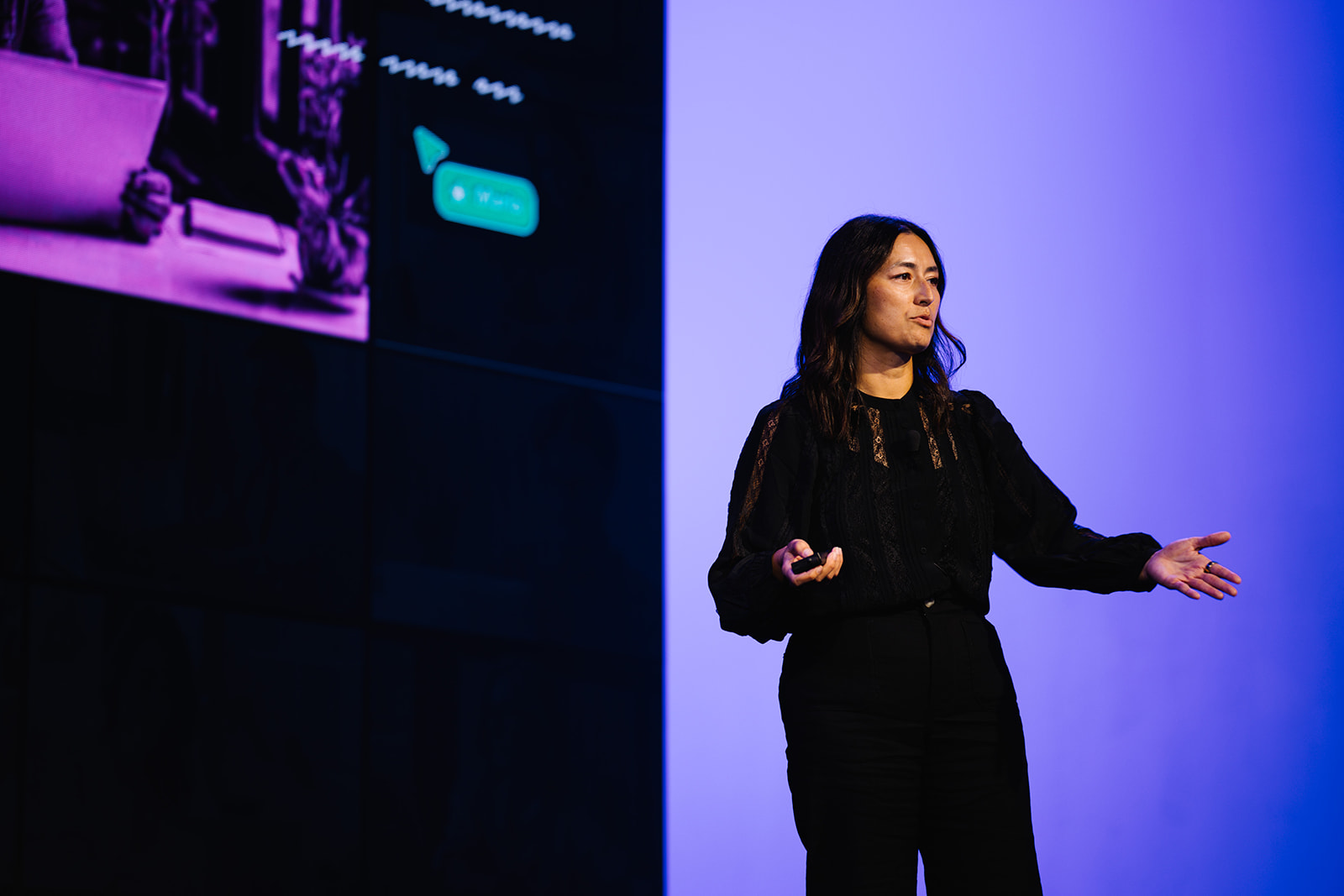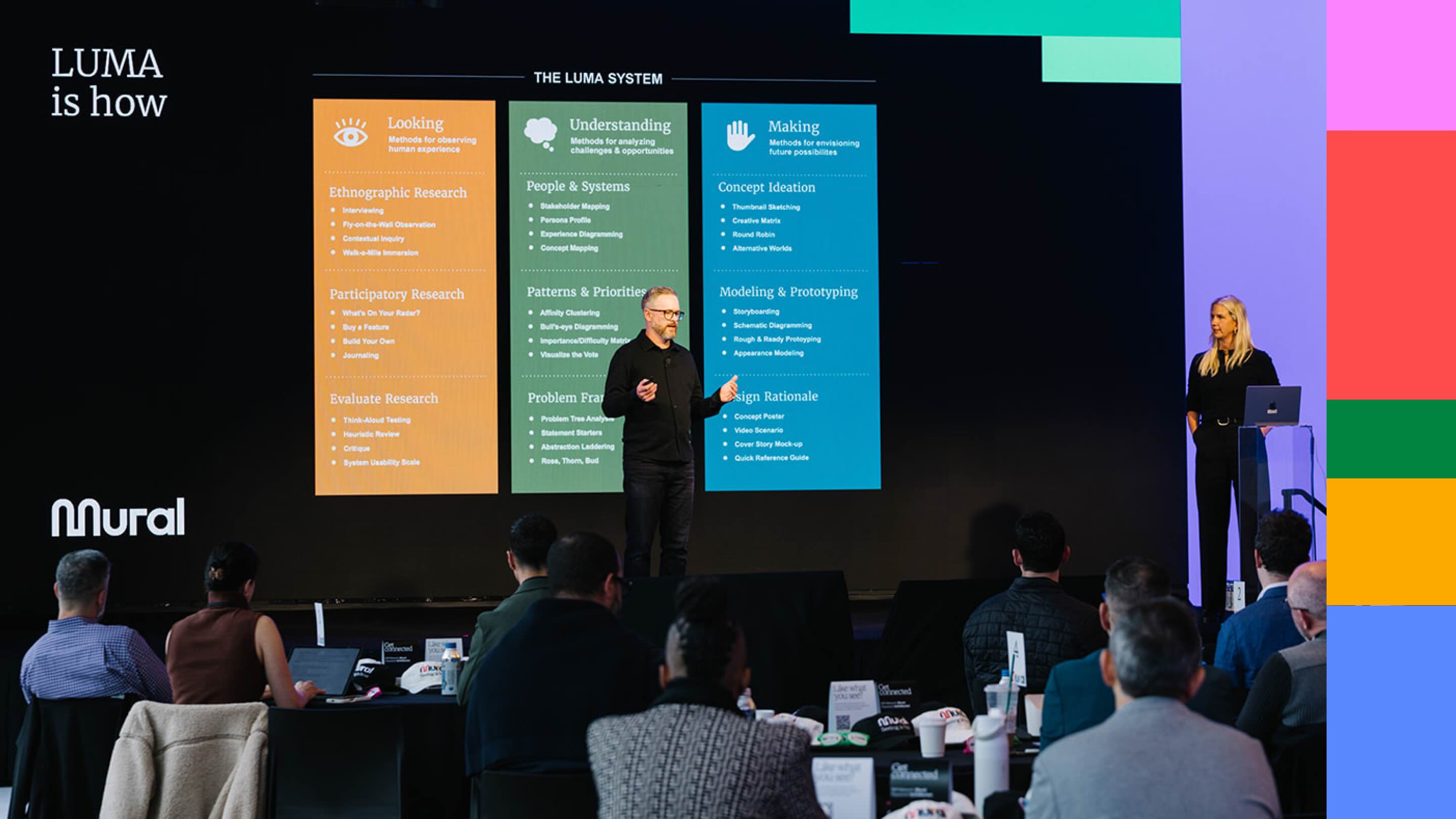MURAL was a proud sponsor of the inaugural Enterprise UX conference this year. The event was from May 13-15 in San Antonio with about 350 UX specialists.
During the event, I ran a quick survey to get feedback on remote design collaboration. 22 people responded.
Here are some thoughts we had about the results:
Frequency of Remote Design
We asked how frequently projects have at least one remote colleague. Nearly 3 out of 4 respondents indicated that 80% or more of their projects have at least one remote team member. For enterprise UX designers, remote work is the exception rather than the rule.
Time Zones
People are working across time zones. From this survey, most people (55%) work across 1-3 different timezones. This probably reflects US-based designers working from coast to coast.
But nearly 20% of the respondents indicated they work across a whopping 7 or more time zones. That’s tough. With little overlap in the workday, 7+ time zones presents problems simply finding a meeting time.
Remote Collaboration Situations
In our webinar on remote design collaboration, I highlighted three archetypical settings for remote work:
1. SPLIT TEAMS - two teams, each co-located, but separated physically from each other
2. MIXED TEAM - a core group is co-located, and there are several remote teammates
3 ALL REMOTE - everyone is remote
When asked on this survey, most favored #2, mixed teams, with 59% choosing that option.
The mixed team setting is hardest manage, particularly for real-time sessions. The co-located group can communicate more fluidly. And they’re able to interact with physical objects in the room. Remote folks then feel left out. It may end up that they are just watching the activity from afar.
Our recommendation: think “digital first.” Plan to work online from the beginning to level the playing field for all involved.
Related: What is remote collaboration: Definitions and more
Tools
We also asked about different types of tools for conference calls, chat, file sharing, and screen sharing.
It seems that freemium services typically suited for personal use are making their way into business. Dropbox and Google Drive dominate file sharing. Google Hangouts and skype are also used frequently.
There was also a wide range of tools people indicated using. We believe that the digitally-defined workplace is an ecosystem of a services teams assemble to collaborate. Be prepared to employ a range of software for remote design work.
Digital collaboration relies on an ecosystem of various tools.
A virtual whiteboard complements the current standard stack of remote collaboration tools well. We believe a digital whiteboard is critical for remote design. Try MURAL if you haven’t experienced it yet.
See Part 2 of the analysis, where we look at patterns of frustrations with remote design based on responses to an open-ended question.



%20(2).avif)
.avif)
.avif)







